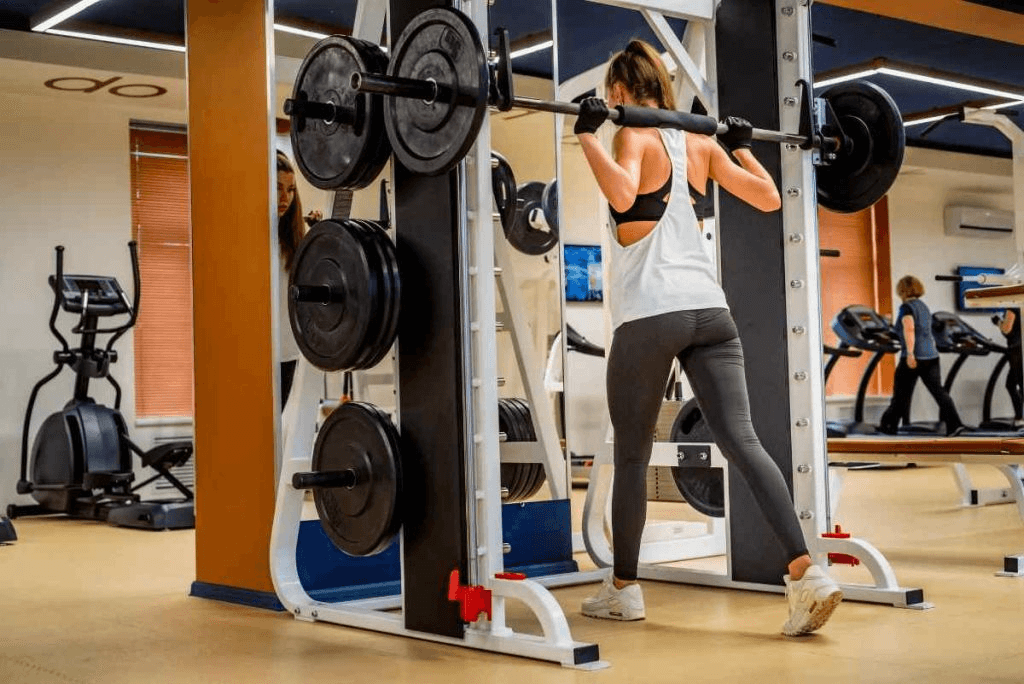When it comes to building lower-body strength, few exercises are as effective and rewarding as the leg press. Traditionally seen as a staple in any serious gym, the leg press machine helps lifters safely load their legs with significant resistance — but there’s a crucial distinction worth exploring: the difference between a standard plate-loaded leg press machine and a true leg press machine free weight system.
Today, more athletes and fitness enthusiasts are leaning toward free weight-style leg press machines to unlock new dimensions of strength, stability, and real-world performance. Here’s why.
What is a Free Weight Leg Press Machine?
Unlike selectorized machines where the weight is controlled by a guided path, a free weight leg press machine uses weight plates and often allows the sled to move on a slightly less restrictive track. This means the lifter has more control — and more responsibility — during each rep.
You push against real plates, not stacks connected by pulleys and cables. The movement feels heavier, more natural, and demands greater stabilization from the muscles, including the glutes, hamstrings, quads, and even the core.
Benefits of Training with a Free Weight Leg Press
1. Greater Muscle Engagement
Because the path isn’t perfectly controlled, your body must recruit more stabilizer muscles to press the load upward and maintain form. This builds real strength that translates better to sports, running, and daily activities.
2. Progressive Overload Made Simple
Adding plates to a free weight leg press is straightforward. Whether you’re stacking on 45-pound plates or working up in smaller increments, the machine’s design supports smooth, scalable progress — essential for strength training at every level.
3. Enhanced Joint Integrity and Range of Motion
When using a leg press machine free weight style, you naturally control the depth and angle of each repetition. This can encourage healthier joint movement patterns over time, compared to fixed-path machines that may lock your body into an unnatural trajectory.
4. Safety Without Sacrificing Challenge
Although it gives you more freedom of movement, a good leg press free weight machine still includes safety stops and adjustable settings. This means you can push yourself hard without needing a spotter — perfect for solo training sessions.
Who Should Use a Free Weight Leg Press?
-
Athletes looking for performance gains in sprinting, jumping, and cutting.
-
Bodybuilders aiming to add dense muscle mass to their lower body.
-
Recreational lifters who want a safer way to lift heavy without loading the spine like a back squat.
-
Rehabilitation patients under the guidance of a professional, using lighter plates to rebuild strength after injury.
Tips for Getting the Most Out of Your Free Weight Leg Press
-
Focus on full range of motion: Lower the sled until your thighs are close to your chest before pressing up. Partial reps leave gains on the table.
-
Control the eccentric (lowering) phase: Don’t just let the weights drop. Slow, controlled negatives build more strength and protect your knees.
-
Mind your foot placement: Higher on the sled emphasizes the glutes and hamstrings; lower focuses more on the quads.
-
Gradually increase load: Respect your joints and connective tissues. Don’t chase heavy weights at the expense of form.
Final Thoughts
Choosing a leg press machine free weight setup is more than just a different way to lift — it’s a commitment to building real-world strength, stability, and resilience. Whether you’re aiming to smash personal records, bulletproof your body, or simply improve your overall athleticism, a free weight leg press could be the smartest investment in your training arsenal.
Strong legs don’t just happen — they’re built one powerful press at a time.











































Leave a comment
This site is protected by hCaptcha and the hCaptcha Privacy Policy and Terms of Service apply.